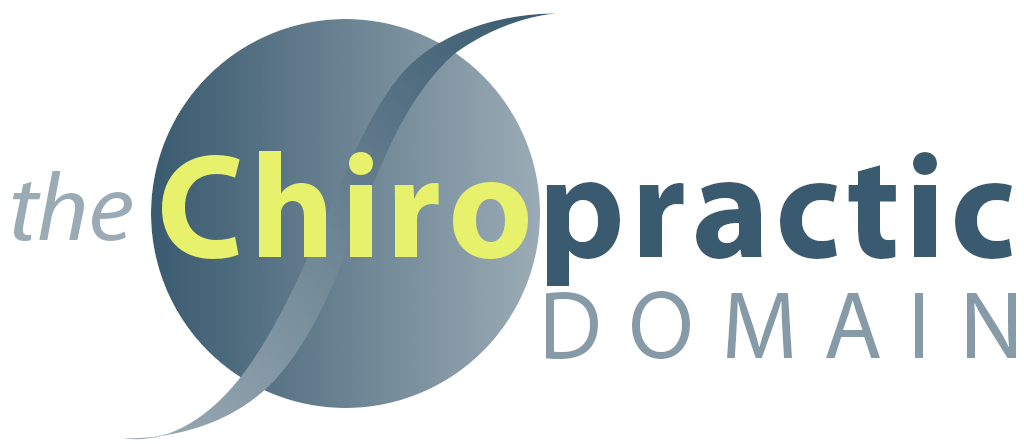INFANT SHOULDER DYSFUNCTION
A SUMMARY OF THE STUDY
A recent Australian study revealed that a whopping 71.8% of 178 infants examined at a paediatric only chiropractic clinic between January 1, 2010 to 31st December, 2010 had glenohumeral joint dysfunction. The glenohumeral joint is the shoulder ball and socket joint.
By stark contrast a study in 2006 which reported shoulder dystocia at an occurrence of 0.6-1.2% of all deliveries, it represents a massive difference between shoulder issues picked up in neonatal examinations (i.e. following difficult births), and shoulder issues picked up by a chiropractor who is trained to look for issues with range of motion in infants.
Though these new findings are from just one year and is retroactive in it's view, it does make an argument to seek the assessment of a chiropractor if you're concerned and have been told to let them "just cry it out" (a frustration we hear from parents a lot).
The take-away is that prolonged crying should be investigated, and chiropractors are trained to assess the entire musculoskeletal system.
